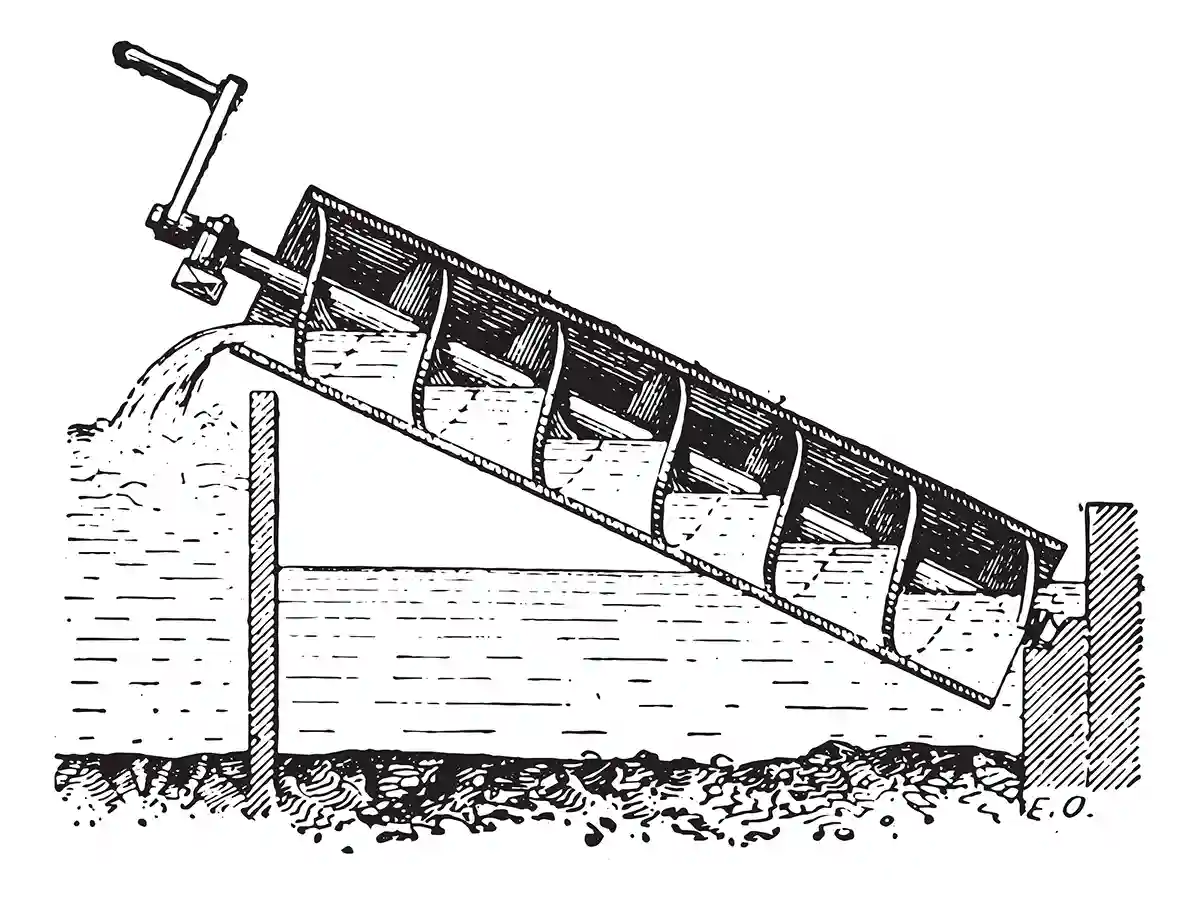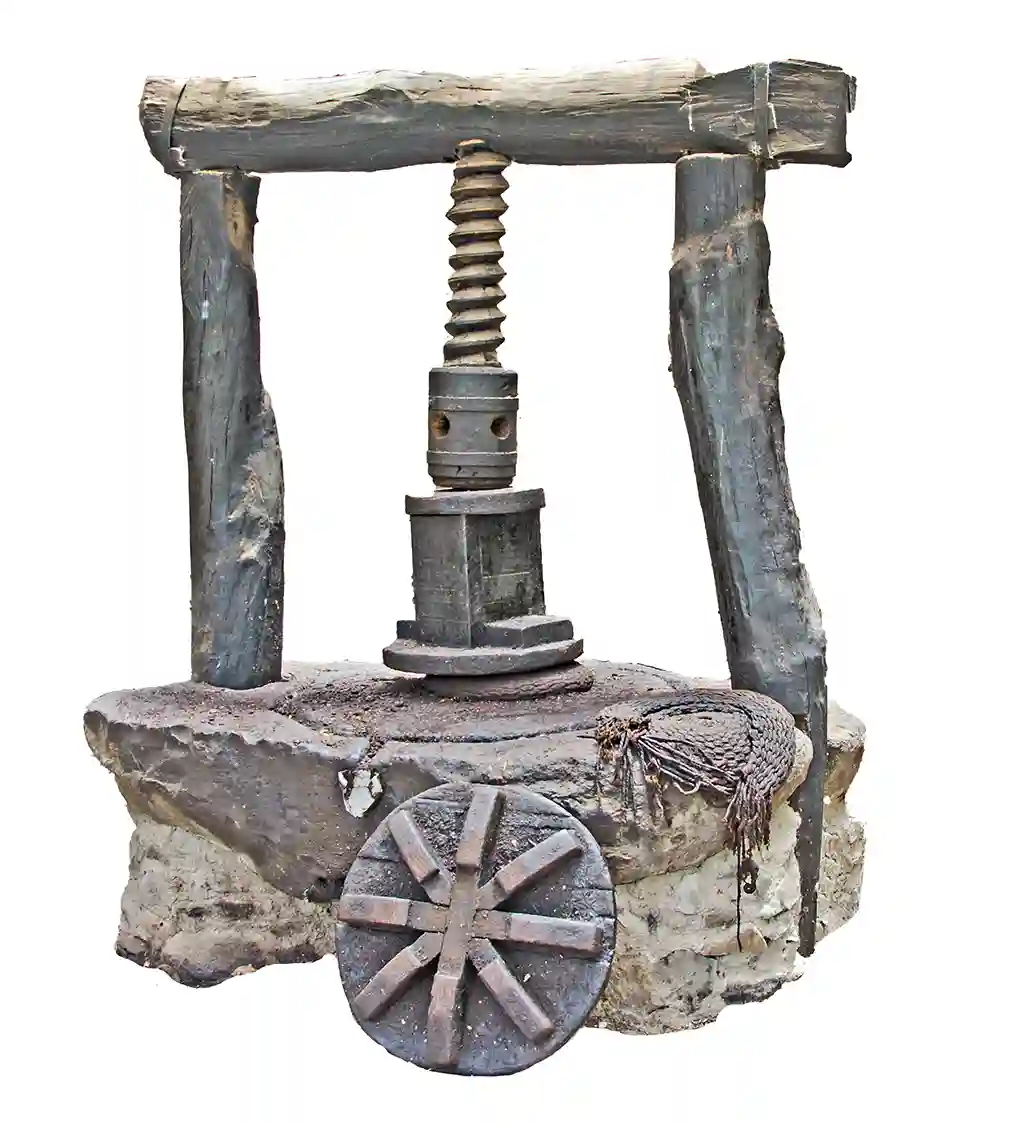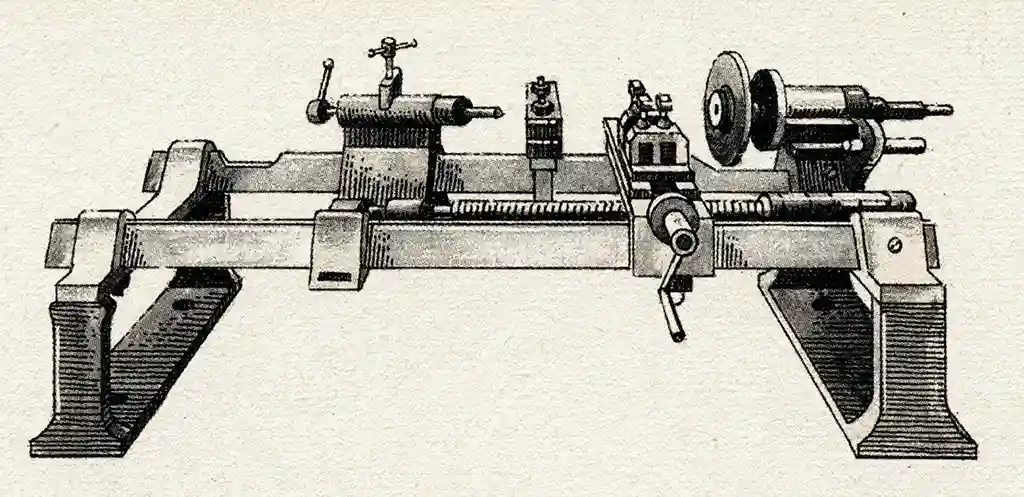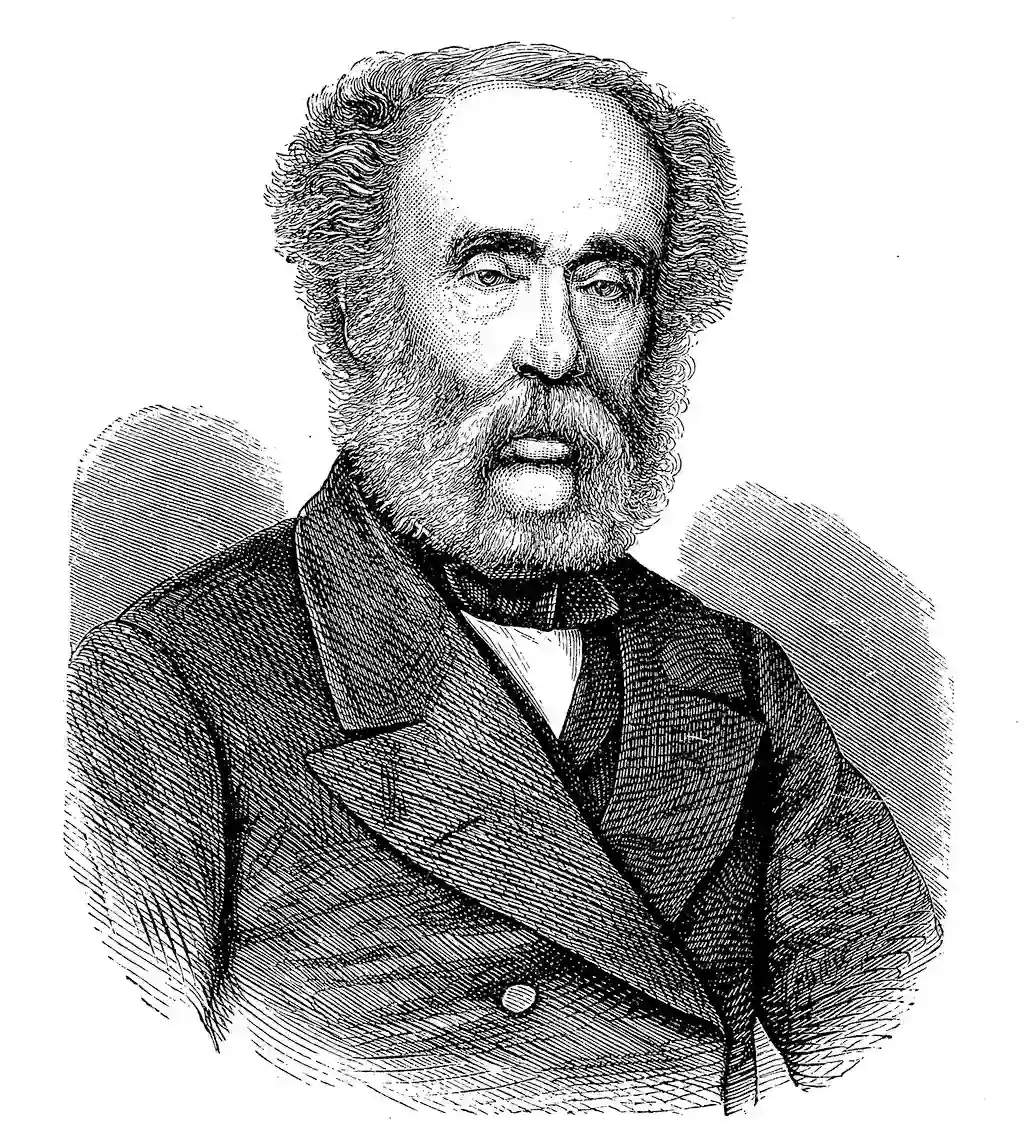
A brief history of the thread from antiquity to the present day
A thread is a construction as simple as it is ingenious; you could almost think that people have always used it to fasten components. At the same time, in view of modern precision machines, it is difficult to imagine that nuts and bolts were manufactured with the same precision and efficiency hundreds of years ago. So which of the two is true? Let's find out together today.
It's about the history of the thread and it's a very long one, full of ups and downs. It begins in early history and from there it takes a few millennia until we reach today's thread standards. But a lot happened in between! Read on to find out why technical progress and the history of the thread are so closely interwoven and who actually came up with the idea of all the thread standards.
How the history of the thread began
The concept of the thread is very old. It was first documented in Mesopotamia at the beginning of the 1st millennium B.C. At this time, however, the history of the thread is still difficult to reconstruct and there is only sporadic reliable evidence. For example, the Greek scholar Archytas of Tarentum, who lived in the 4th century BC, wrote about threads. It is difficult to say how much and in what form they were actually used as fastening threads at this time in the history of threads.

The situation is somewhat clearer in the case of motion threads. The famous Archimedes' screw, an ancient form of water lifting device, is very reminiscent of the way modern conveyor systems work. Movement threads were also used in ancient times in presses for the production of wine or oil.

The history of the thread in the Middle Ages
In the Middle Ages, the thread initially lost importance again. Examples of fastening screws can be found here
and there in this period of the history of the thread, but there is no evidence of widespread use. Nevertheless, we do
have a reference to a screwdriver in a late medieval manuscript - perhaps an indication that the concept of the
fastening screw was sufficiently well known at this time to make special tools necessary.
As in antiquity, the history of the movement thread in the Middle Ages was different from that of the fastening thread. A motion thread was even part of one of the most important inventions in European history. Around 1440, Johannes Gutenberg developed his printing press in Mainz and it only worked thanks to a threaded spindle!

The history of the thread is closely linked to other advances in science and technology
But we are fast approaching the great moment in the history of the thread! During the Renaissance, both warfare and science experienced a veritable boom. And for military purposes as well as for instruments and tools that scientists needed in their laboratories and experimental workshops, fastening screws were simply perfect.
When precision mechanics and watchmaking entered the scene, the history of the thread really took off. Now the manufacturing process for threads also had to be refined in order to be able to produce tiny screws. However, the machines needed to cut threads quickly, reliably and in large quantities were still lacking. For this, we need to go one step further in the history of the thread.

Threads become more important than ever during the industrial revolution
A lot has happened up to this point, but hardly any other era has had as much influence on the history of threading as the Industrial Revolution. And for two reasons. Firstly, many new machines were developed that were suitable for the mass production of components such as screws. Secondly, all these machines themselves needed fastening screws to prevent them from falling apart.
In the second half of the 18th century, the thread therefore developed from a rarely used mechanism for special cases to a mass phenomenon. Screws became more diverse and the manufacturing methods even more precise. In 1777, the Englishman Jesse Ramsden, who had already designed many other mathematical and optical instruments, invented the first lathe that specialized solely in thread cutting.

The history of thread standardization begins in the middle of the 19th century
You may have noticed, but until now there has been no mention of thread standards. That's because there were none. Although many screws were produced during the industrial revolution, there was no particular focus on uniformity. Every thread was therefore always a little different.
The history of the thread in the 19th century is characterized by attempts by engineers and mechanics to deal with this shortcoming. At first, it proved difficult to find a general solution to the problem. The best that could be achieved were company-wide standards, which at least led to a certain degree of interchangeability within a production chain.

Then the British engineer Joseph Whitworth entered the scene. That's right, the one who invented the pipe
thread. He is regarded as the father of the modern thread standard and is therefore one of the central figures in the
history of the thread. In 1841, he laid down his first draft for a standard that specified the outer and core
diameter, pitch and flank angle, thus paving the way for numerous successors. In the following
decades, thread geometries became more and more sophisticated and the number of different thread standards gradually
grew to the large catalog we have today. Threaded components were reliably interchangeable and could be
mass-produced and distributed across national borders. And that brings us to the here and now with the
history of threads!
Today, manufacturing is easier than ever before in the history of threads! Especially when you work with taps from
BAER. Take a look at our online store and
see the precision and quality of our products for yourself.
